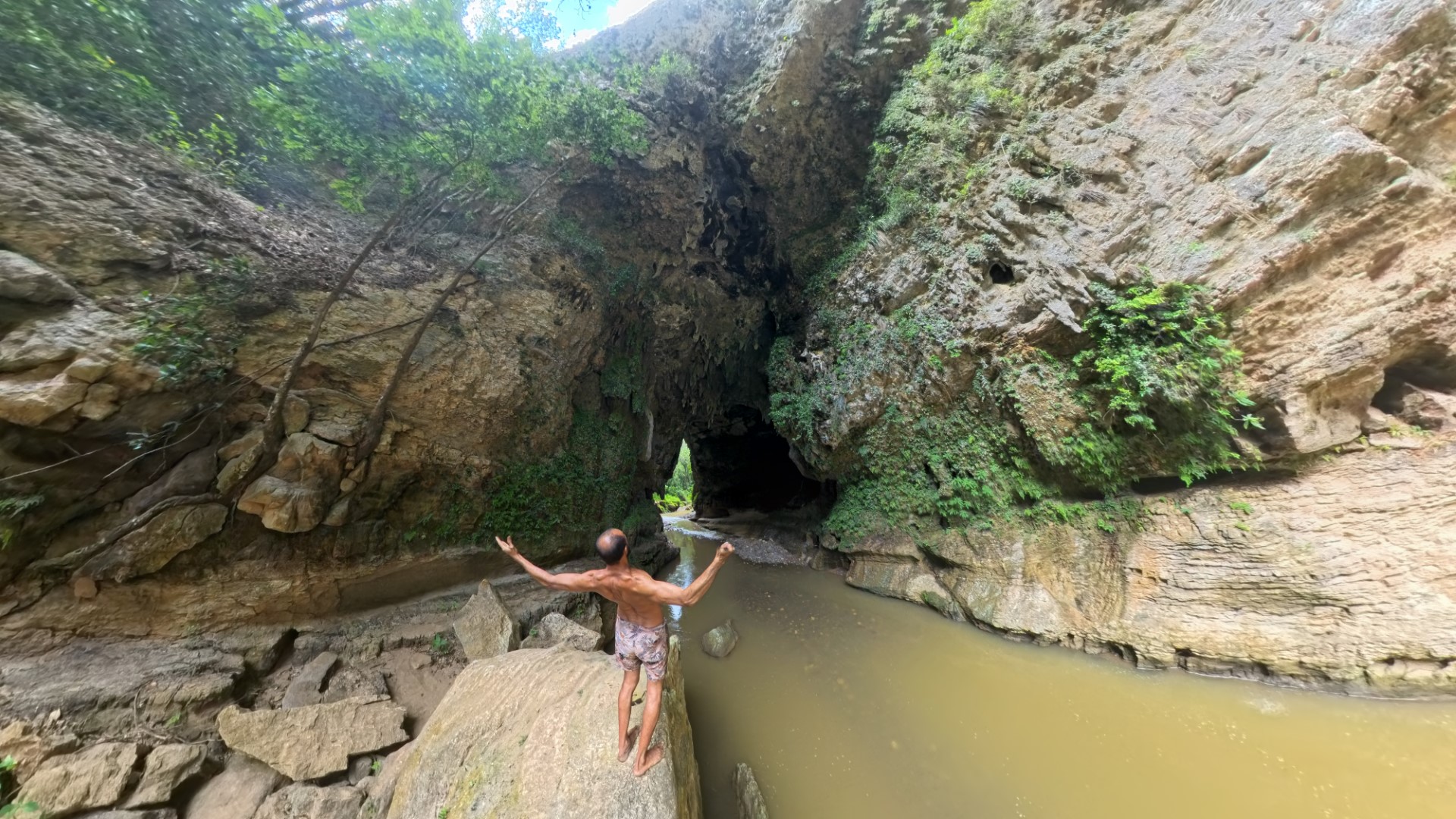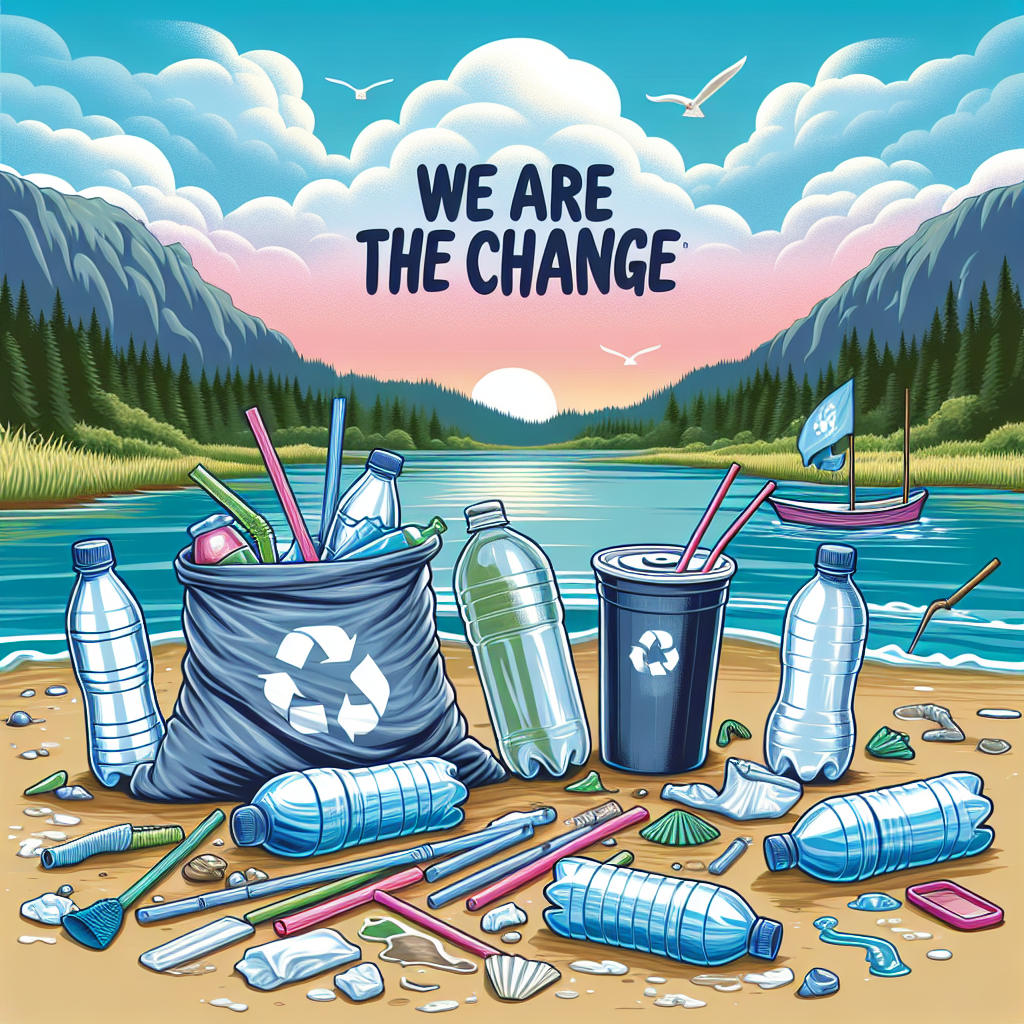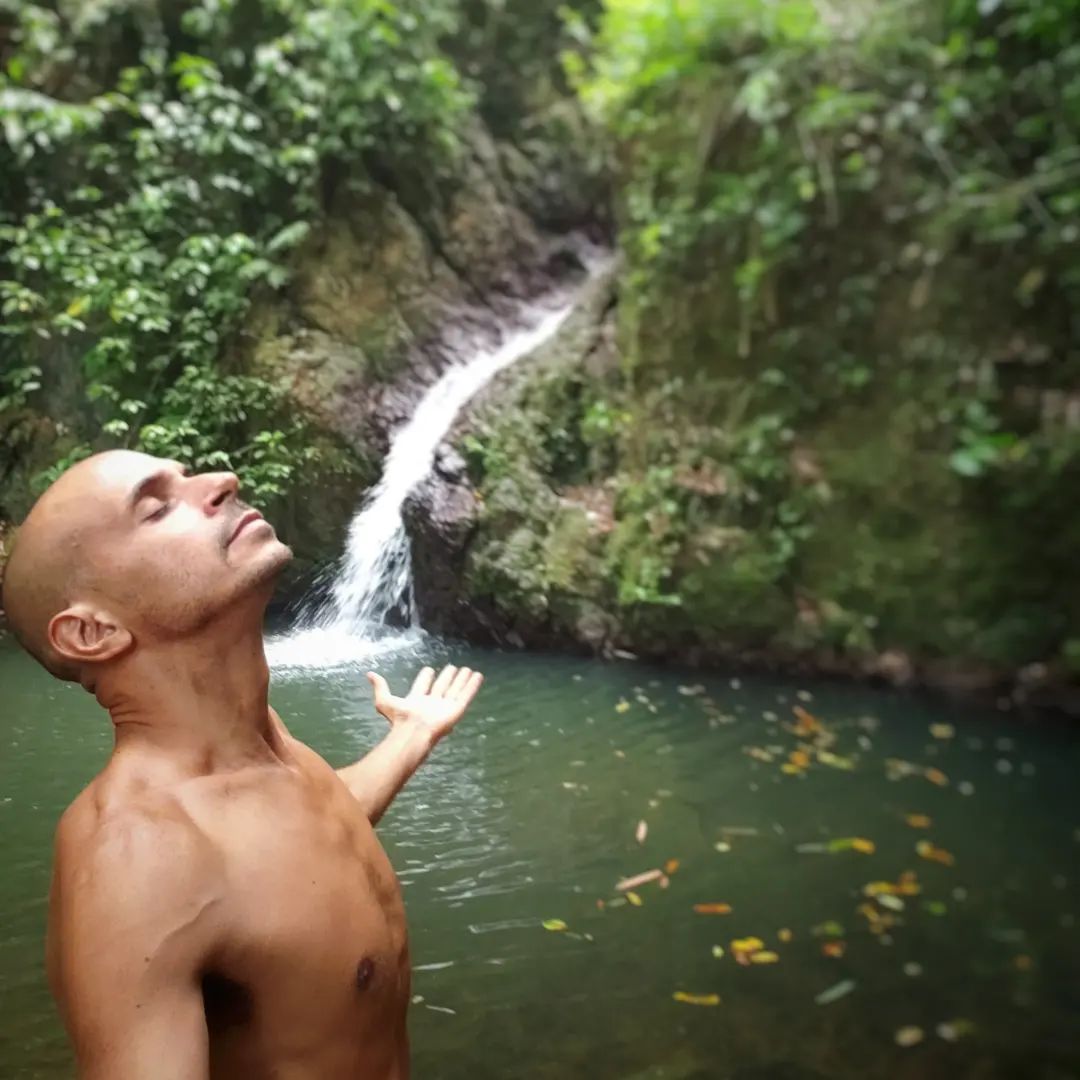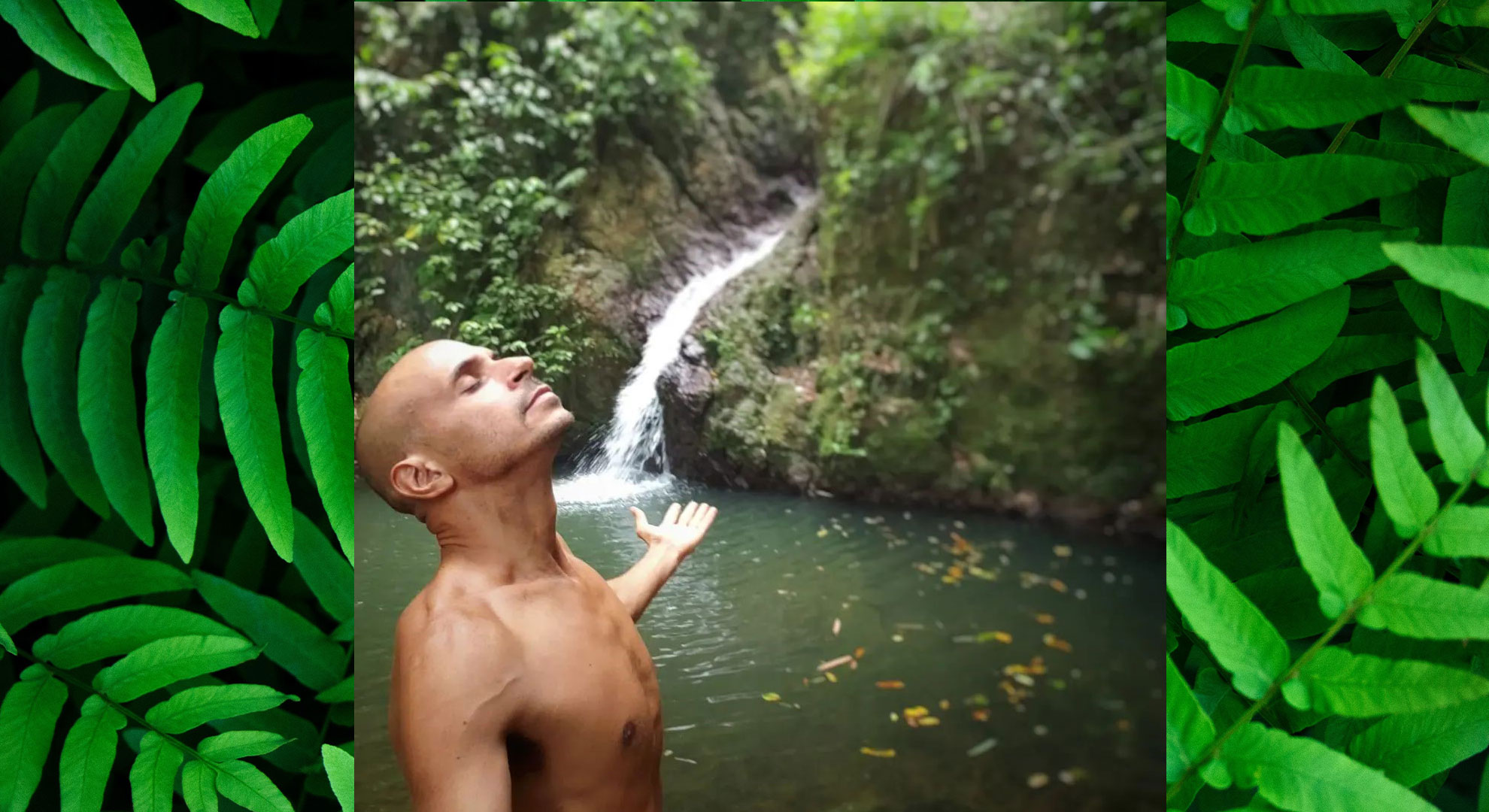Hey, wild ones! Welcome to my blog. In this post, I’ll share my journey and reflections on why finding a conscious partner in Puerto Rico has been a uniquely challenging experience. From the solitude of self-discovery to the yearning for deep connection, this is a candid look at the struggles and beauty of seeking love…
Continue Reading Why Finding a Conscious Partner in Puerto Rico Isn’t Easy
The Case Against Single-Use Plastics: A Call for Change Hey wild ones, As someone who’s spent over a decade walking the shores of Puerto Rico, cleaning up trash and raising awareness about our planet’s health, I’ve witnessed firsthand the devastating impact of single-use plastics. These items, such as plastic bags, straws, utensils, and bottles, are…
Continue Reading Why and How Reducing Single-Use Plastics Can Save Our Planet
Stripping Away the Illusion of Race, Countries, and Flags I’ve lived in Puerto Rico for 15 years, but my journey began in Brooklyn, New York, a place shaped by urban chaos and a deep disconnect from nature. My transformation has been a gradual shedding of layers of conformity. Through quiet solitude in nature, I’ve reflected…
Continue Reading Why I Don’t Identify with Race, Countries, or Flags
Fifteen years ago, I made a life-changing choice. I moved to Puerto Rico, a place that has since become my sanctuary, and committed to sobriety. At the time, I had no idea how this single decision would transform not only my relationship with alcohol but my entire outlook on life and the way I connect…
Continue Reading Sober Dating in Puerto Rico: Finding Connection in a Wild, Authentic Life
Why Brooklyn, NY, Was My Cage and found freedom in Puerto Rico Welcome to another chapter of my journey to uncover the truth hidden beneath the layers of conformity. Every layer I shed brings me closer to the wild, untamed essence of who I am. On my journey I quit drinking alcohol, I ditched the…
Continue Reading Why Brooklyn Was My Cage, Freedom in Puerto Rico
Why I Became Abstinent Welcome to another chapter of my journey to uncover the truth buried beneath the layers of conformity. Today, we peel back another veil to reveal the stories, struggles, and revelations that have shaped my path to freedom, a path to rediscovering who I truly am. On my journey, I quit drinking…





